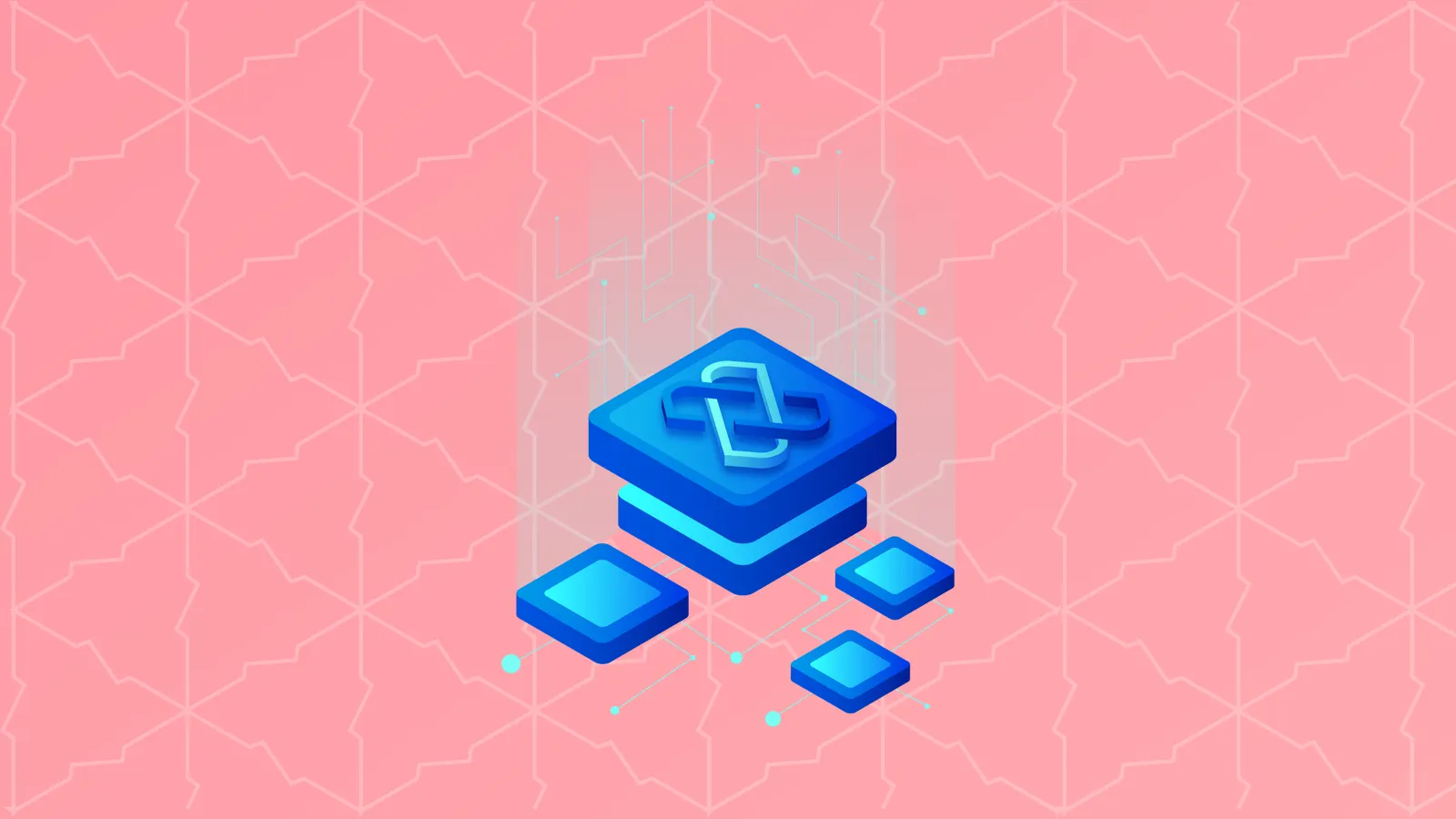As anyone who has used any type of cryptocurrency, one of the biggest challenges facing many forms of digital money is transaction times. Those moments between completing a purchase and the network verifying it's legitimate can take anything from minutes to days. That's why a number of solutions, nicknamed 'layer 2' solutions have come along to help take smaller transactions off the main blockchain to help speed things along. One of those is called the Loom Network. It's built on top of the Ethereum network and wants to help solve some the blockchain's scaling issues. Can it?
We find out below.
What is Loom Network?
Side chains are essentially minor blockchains that are linked to a larger blockchain network such as Ethereum. The development of these side chains is Loom’s primary offering in which developers can create their own specially focused blockchain networks depending on the objective of each application. These customized side chains allow developers to tweak security, decentralization, and scalability requirements instead of relying solely on Ethereum’s primary features.
Loom has built ‘layer 2’ scaling that does not rely on a change in the base Ethereum protocol, but instead builds a structure on top of Ethereum that allows fast applications to be built. These layer 2 solutions are based on proof-of-stake mechanisms and side chains.
Loom has developed several types of side chains such as PlasmaChain, DAppChains, and GameChain, and SocialChain.
Who Invented the Loom Network?
Loom Network was started in 2017 and founded by current CEO Matthew Campbell, current CTO Luke Zhang, and current CMO James Duffy.
Did you know?
In blockchain design, there is a concept known as the scalability trilemma in which a blockchain network can only maximize two of the following three options: scalability,
decentralization, or security. The base Ethereum protocol has currently chosen to focus on decentralization and security as its core features with scalability being cautiously developed for the next version: Ethereum 2.0.
The Loom Network offers developers the option of having scalability now while sacrificing some aspects of security and decentralization instead of waiting for Ethereum 2.0.
A brief history of the Loom Network
- December 2017 - CryptoZombies is released.
- March 2018 - Loom Network is live in production.
- Early 2019 – Loom announces plans to build their PlasmaChain to be interoperable with EOS, TRON, and Cosmos Hub.
What’s so special about the Loom Network?
Loom refers to itself as the “EOS of Ethereum” because EOS is a highly scalable or fast smart contract and dapp platform that also uses delegated Proof-of-Stake (dPOS) to maintain their network. By using dPOS as the consensus mechanism in their side chains, Loom allows developers to create dapps that have less than 1 second transaction times, as opposed to 15 seconds on the Ethereum main chain, as well as very low or even zero transaction fees.
Did you know?
The Loom Network created the most popular way for beginners to learn to code using
Solidity called CryptoZombies, which is an interactive coding tutorial course. In CryptoZombies, users learn to code a crypto-collectible game that is similar to CryptoKitties where the kitties are replaced by zombies.
What else is different?
To demonstrate the value and functionality of their side chain technology, Loom has developed several blockchain games with the most ambitious game being Zombie Battlegrounds–which is now called Relentless. The game allows plays to collect rare cards and battle each other. The game benefits from being on the blockchain because cards and in-game items are:
- Provably rare
- Transferrable to any other platform, exchange, or account
- Owned completely by the user
How are LOOM tokens produced?
LOOM tokens are ERC20 tokens that were created on the Ethereum network. There is a fixed supply of 1 billion LOOM tokens with about 55%-65% of the total supply in circulation and the remaining supply held by the company, team, and advisors. Unlike many other token teams, the Loom team did not do an ICO and were privately funded.
How do you get hold of LOOM tokens?
LOOM tokens can be traded for on major crypto exchanges. Any wallet that is compatible with ERC20 tokens is also compatible with LOOM tokens.
What can you do with LOOM tokens?
The main use of LOOM tokens will be for staking on the PlasmaChain. The PlasmaChain is a blockchain connected to Ethereum that uses Proof-of-Stake so requires validators instead of miners to secure the network. PlasmaChain validators stake or lock up LOOM tokens in the network, run special hardware and software to process transactions, and get rewarded in LOOM tokens.
In the first two months since its release, LOOM holders have staked over 20% of the circulating supply or over $10 million in value in the PlasmaChain. The Loom team hopes to have up to 50% of the total circulating supply staked in the PlasmaChain.
The Future
The grand ambition for the Loom team will be for the PlasmaChain, which will be the primary Loom network to be “one of the most widely used blockchains in existence” through interoperability. They hope that PlasmaChain will be a hub that connects different blockchains such as Ethereum, Cosmos, EOS, and Tron together. They have already announced plans to build bridges to these other popular blockchain networks and plans for PlasmaChain to be the central hub for them all.


